The relevance of data quality, consistency, and privacy is expanding as the cloud becomes a conduit for an unprecedented amount of data. Minor data errors or glitches can significantly negatively impact revenue, decision-making, and client retention. Sorting through data, syncing it with existing databases, and parsing it regularly while ensuring data integrity can be time-consuming and expensive. As a result, data synchronization has become one of the most important data management technologies.
Synchronization is the process of syncing data across two or more devices and automatically updating changes between them to ensure system consistency.
While the cloud’s massive amount of data poses issues, it also makes it the ideal option for big data. Today’s data solutions provide quick and simple tools for avoiding repetitive activities, resulting in data in sync throughout the system.
What is the definition of data synchronization?
Data synchronization provides accurate, secure, and compliant data and positive experiences for both teams and customers. It ensures that each data source and its various endpoints are in sync. Before being used, data is cleansed and double-checked for mistakes, duplication, and consistency. Local synchronization occurs between devices and computers that are physically close to one another, whereas remote synchronization occurs across a mobile network.
Data must be consistent across the data record at all times. If data is changed in any way, it must be updated in real-time across all systems to eliminate errors, prevent privacy breaches, and ensure that the most current data is the only information available. Data synchronization ensures that all records are always consistent.
Data synchronization is essential for reliable data.
Data synchronization is becoming increasingly important with expanded access to cloud-based data and mobile devices. Mobile devices use data for fundamental operations and personal information for apps, websites, and email. The user’s information and the information generated by the end target must be updated regularly and in a secure manner.
For product and service competence and data governance issues like security and regulatory compliance, this synchronization process necessitates clean, consistent data.
Data conflicts can lead to errors and poor data quality, resulting in a lack of trustworthy data down the road. A company’s performance will increase in many areas if data synchronization is correctly implemented throughout the system, including:
- Transportation and logistics
- Productivity of the sales staff
- Management of orders
- Accuracy in billing
- Cost-effectiveness of business systems
- Management of one’s reputation
Data accessibility and error resolution save time, allowing essential business development processes such as marketing, new product creation, and strategic decision-making to take centre stage. Clean, synchronized data benefits almost everyone.
- Customers are provided with product information and service tailored to their unique requirements.
- Business users can connect with all department employees in real-time, even globally, utilizing up-to-date information.
- When making critical strategic decisions, executives have access to the most up-to-date information.
- Stockholders can readily keep track of their company’s activities.
- Manufacturers have access to the most recent upgrades or revisions for accurate design and production.
- The most up-to-date product and marketing information are available to distributors.
Methods of data synchronization
Data synchronization can be done in a variety of ways. Version control and file synchronization software can make simultaneous modifications to several copies of a file. Distributed and mirror, on the other hand, have more particular applications.
- File Synchronization: This approach is most commonly used for home backups, external hard drives, and updating portable data via flash drive. It is faster and more error-proof than hand copying. File synchronization guarantees that data shared between two or more locations occurs automatically and prevents identical files from duplicating.
- Version Control: Version Control is a synchronization strategy for files that several users can modify simultaneously.
- Distributed File Systems: When several file versions must be synced simultaneously on different devices, the distributed file system must keep those devices linked at all times. A handful of these systems allow devices to disconnect for brief periods as long as data reconciliation is performed before synchronization.
- Mirror Computing: Mirror computing is a technique for replicating a data set to multiple sources. Mirror computing is particularly effective for backup since it creates a replica in only one other location — source to target.
The top five challenges in data synchronization
Organizing your business data appears to be a straightforward task. Consider the various systems in a single company: CRM, product management, employee portals, customer assistance, billing, and invoicing, to name a few. Data from the cloud is enlisted by several users on various applications while retaining security and integrity. At best, the procedure can be time-consuming and costly, and at worst, it can be a nightmare. What are the difficulties that come with data synchronization?
Security
Businesses must carefully manage two non-negotiable governance issues: security and confidentiality. Data movement through your system must adhere to various regulatory norms, both specialized industries and privacy legislation. Various policies and access criteria apply to different systems. Within each system, your data encryption methods must be compliant and consistent. A synchronization tool ensures that modifications to your data are updated according to the criteria established by your security requirements. Data breaches or leaks, issues with trade licenses or government restrictions, and reputation damage are just a few of the drawbacks of a broken system. All of these factors usually result in a decrease in clients and revenue.
Data Quality
Data is formatted differently during its lifecycle due to several systems by multiple business users. Continuous updates and validation from all sources must be integrated and synced while preserving rigorous data integrity in a secure environment. Data transactions and authorization can be delayed without a synchronization mechanism, and erroneous data can harm management controls. The value of your data is consistently improved by synchronizing sources and targets regularly, making it work particularly for your organization.
Management
Data organization must be maintained and connected in real-time to ensure accuracy and avoid errors such as rejected records or data in the wrong format. Manufacturing, for example, requires timely updates to ensure product readiness. Customers want to know when their order will be delivered, and only real-time synchronization can meet these requirements.
Performance
It must go through five stages to successfully synchronize your data:
- Obtaining information from the source
- Transfer
- Transform
- Transfer again
- Load to Target
Any of these skipped or incomplete processes can have an impact on the final result. Because the cloud generates vast data, synchronization must be a top focus to maintain peak performance.
Complexity of data
With the addition of new vendors and consumers and the demands of continual technical advancements, data formats must evolve and develop. The more data there is, the more difficult it is to effectively interface data in new contexts while allowing it to interact with existing systems. Furthermore, updated data to a new system must remain consistent with its source and target as technology evolves. Data synchronization keeps incoming and outgoing data in sync, ensuring accuracy and compliance across the board.
Folio3 makes data syncing simple.
It is impossible to overestimate the importance of data synchronization. Without it, delays, errors, miscommunication, and inevitable profit loss can plague every part of your organization.
A robust data integration plan may get your company off to a good start, assuring the data organization and consistency needed to run a successful venture – locally, globally, and in the cloud. A system created expressly to ensure data quality is the simplest approach to execute real-time data synchronization. It works automatically, day and night, once set up to your business’s specifications.
Folio3 is a software suite that focuses on data integration and data integrity. Folio3 assures data quality while delivering real-time results by providing services for every stage of your data’s synchronous journey — collect, transform, control, and distribute.







